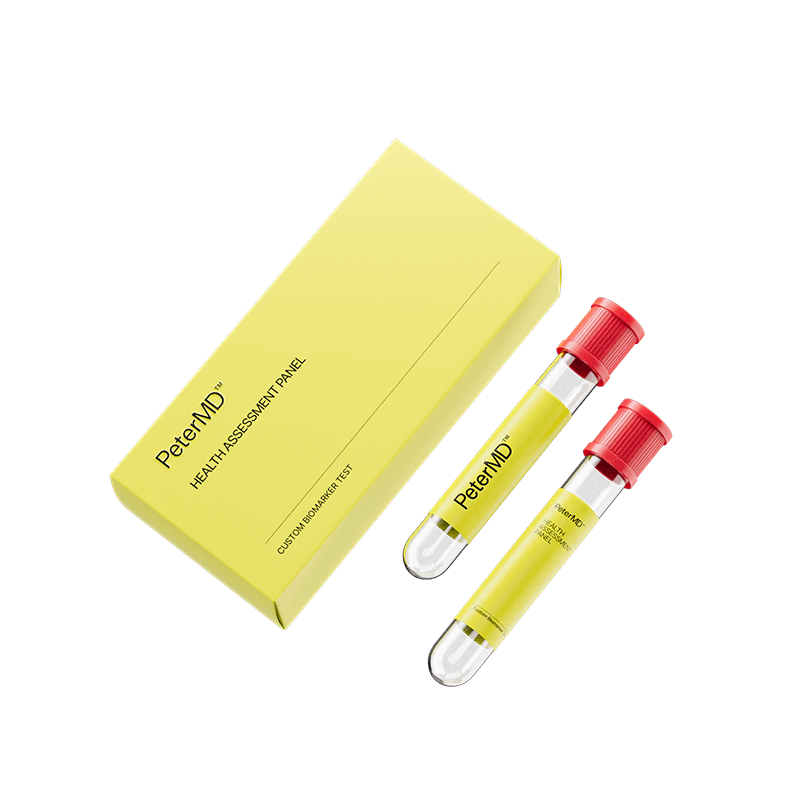Testosterone Alternative Therapy (TRT) is getting substantial attention as cure for reduced testosterone, also referred to as hypogonadism. With men's wellness learning to be a more open subject of discussion, most are best testosterone replacement therapy to ease signs like fatigue, reduced libido, and mood changes. While the possible benefits are convincing, the road to obtaining a prescription isn't as simple as asking for one. It requires a thorough medical evaluation to make sure it's both required and safe. That guide will walk you through the typical needs and process for getting TRT from a competent medical professional.

Understanding the Requirement for TRT
Before a doctor prescribes TRT, they must first concur that you've clinically reduced testosterone levels. Testosterone levels naturally fall with era, but a substantial drop may cause disruptive symptoms. This disorder, hypogonadism, is what TRT is designed to treat. It's maybe not designed for individuals with regular testosterone degrees who're simply trying to find an running or energy boost.
Indicators which may immediate a debate with your physician include:
• Persistent fatigue and reduced power
• Reduced sex drive (libido)
• Erectile dysfunction
• Loss in muscle tissue and power
• Increased excess fat
• Temper swings, irritability, or despair
• Problem concentrating
It's crucial to remember that these signs can also be caused by different health issues. Thus, a comprehensive medical evaluation is vital to establish the underlying cause.
The Means of Finding a TRT Prescription
Moving the medical system to obtain TRT involves many distinctive steps. Each is designed to guarantee the procedure is acceptable for your certain health situation.
Step 1: Original Consultation and Sign Evaluation
Your journey starts with a discussion together with your doctor. This is often your primary treatment medical practitioner or even a consultant as an endocrinologist or urologist. During this session, you'll discuss your symptoms, medical record, and any lifestyle factors that may be contributing to the way you feel. Anticipate to speak overtly about your health problems, including sexual health, mental well-being, and energy levels. This preliminary discussion helps a doctor establish if your signs align with these of reduced testosterone and warrant further investigation.
Stage 2: Diagnostic Blood Testing
If your doctor suspects low testosterone, the next phase is a blood test to calculate your hormone levels. This is actually the most significant area of the diagnostic process. To obtain an exact examining, the test is generally scheduled for the morning (typically between 7 a.m. and 10 a.m.), as testosterone levels are best only at that time.
Your medical practitioner will more than likely order an examination for "overall testosterone." Based on the American Urological Association, a testosterone stage under 300 nanograms per deciliter (ng/dL) is usually considered low. Nevertheless, some health practitioners might also wish to calculate "free testosterone," which is the testosterone maybe not bound to meats and readily available for your body to use. With regards to the preliminary benefits, you may need an additional blood check to ensure the diagnosis.
Stage 3: Ruling Out Other Situations
Considering that the symptoms of low testosterone can overlap with different medical issues, your physician will probably perform a broader physical examination and may possibly get extra tests. That is to exclude different potential triggers, such as thyroid dilemmas, supplement deficiencies, rest apnea, or depression. Handling these different situations might handle your indicators without the necessity for TRT. That detailed approach ensures you get probably the most suitable and successful treatment for your situation.

Step 4: Discussing Therapy Possibilities and Risks
Once reduced testosterone is established and different conditions are ruled out, your physician may discuss whether TRT is the right path for you. This discussion will protect the possible advantages, such as for example increased energy, mood, and libido, in addition to the possible risks. These could include side effects like acne, sleep apnea, or an increased red body mobile count. Your doctor will even contemplate any contraindications, such as a history of prostate or chest cancer, which will produce TRT unsafe. If you determine to proceed, you'll examine the different methods of administration—including needles, ties in, spots, or pellets—to find the one which best suits your lifestyle.
Navigating the road to TRT involves patience and a collaboration with a knowledgeable healthcare provider. By following a organized means of consultation, testing, and evaluation, you can make sure that you produce a secure and educated decision about your health. If you're encountering outward indications of reduced testosterone, the first faltering step is scheduling a discussion with your medical practitioner to start the evaluation process.
